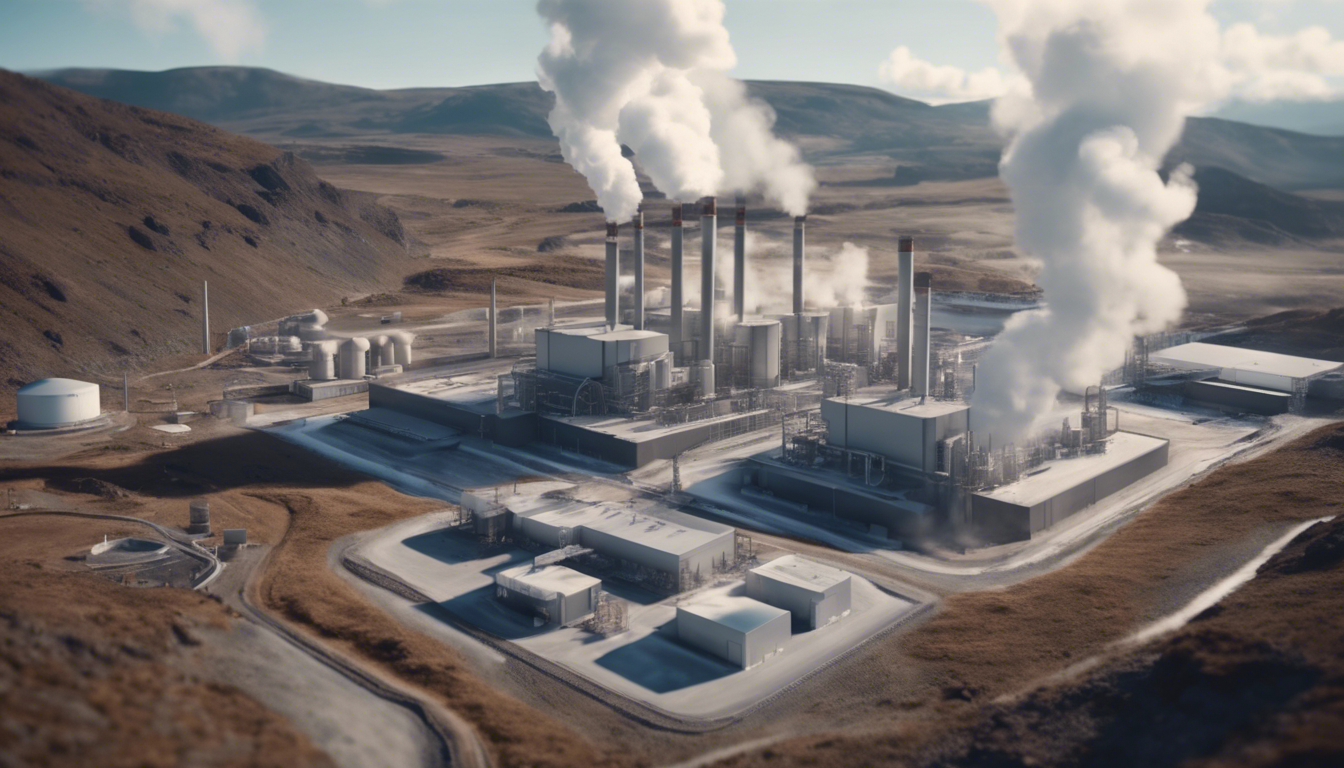In recent years, the growth of digital data has expanded exponentially, necessitating enormous data centers that consume vast amounts of energy. This surge in data traffic and the concurrent need for power has driven Big Tech companies to seek out energy sources that are not only capable of handling large-scale operations but are also sustainable and environmentally friendly. Among these, geothermal energy stands out as a prime contender.
Geothermal energy harnesses the Earth’s internal heat. This renewable energy source is generated deep within the Earth where temperatures can reach up to 5,000 degrees Celsius. By drilling down to these heat reservoirs, steam can be produced to drive turbines and generate electricity without burning fossil fuels. This process significantly reduces greenhouse gas emissions, aligning with the global shift towards reducing carbon footprints.
Data centers require consistent, uninterrupted power sources to keep servers running 24/7. Geothermal energy, unlike solar or wind power, is not subject to weather variations and provides a stable energy output. This reliability makes it uniquely suited for the constant demand characteristic of Big Tech’s operations. Historical approaches relying predominantly on hydropower and fossil fuels are becoming increasingly untenable due to their environmental impacts and potential for resource depletion.
Consider the case of Iceland, a pioneer in the use of geothermal power for data centers. The country’s unique geology offers ample geothermal resources, allowing companies like Advania Data Centers to operate with lower energy costs and minimal environmental impact. Iceland’s success story is encouraging other nations to explore their geothermal potential, demonstrating a feasible path toward sustainable data management on a global scale.
However, the adaptation of geothermal energy is not without challenges. The initial cost of drilling and the requirement for specific geological conditions complicate its widespread adoption. Moreover, the sustainability of geothermal drilling itself has prompted debates among environmentalists, concerned with potential geothermal or hydrothermal vent depletion.
Experts argue that technological advancements will continue to mitigate these challenges. Dr. Elaine Reynolds, a geologist specializing in renewable energy, explains, ‘With improved drilling techniques and enhanced geothermal systems (EGS), we can expand geothermal energy applications beyond natural hotspots. These technologies allow us to engineer reservoirs in areas previously considered geologically unsuitable, dramatically widening the scope for deployment.’
Despite these technological strides, public perception and regulatory challenges remain significant hurdles. Common misconceptions persist about geothermal energy’s feasibility and safety. Myths such as the triggering of seismic activities by drilling processes need to be systematically dispelled through transparent communication and community engagement.
Political will is also pivotal in harnessing geothermal energy for data centers. Governments can play a crucial role by incentivizing sustainable practices through subsidies and tax breaks. For instance, the U.S. government’s recent investments in renewable energy research underscore a commitment to supporting sectors like geothermal energy.
Conclusively, the drive towards geothermal energy is not just about Big Tech companies’ efforts to go green, but also about building resilience and reliability into the future of technology. Envision a scenario where all major data centers operate on clean energy, significantly reducing the tech industry’s environmental impact while ensuring robust data management capabilities.
As the digital ecosystem grows, and with it the urgency for sustainable solutions, the role of geothermal energy in powering the future cannot be overstated. Entities that harness this powerful resource will likely lead the next wave of innovation in data center energy consumption, setting a benchmark for the industry at large. The transition from traditional to renewable power sources in data centers is not merely a trend but a necessary evolution in the face of a changing global energy landscape.

